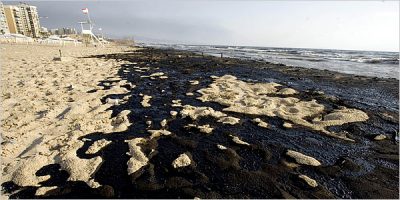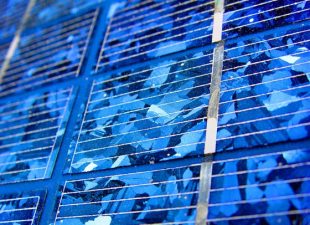 Far from being Paris of the Middle East, traditional red tiled roof and sandstone houses suffocate inside the “other” vision of Beirut
Far from being Paris of the Middle East, traditional red tiled roof and sandstone houses suffocate inside the “other” vision of Beirut
The Lebanese housing market is a bit of a strange phenomenon. A largely unregulated construction market coupled with grandiose projects from ambitious rich gulf state developers and Lebanese expatriates has created a surplus of largely unaffordable houses. The result is that Lebanon is becoming a haphazard dumping site for cement buildings with little regard of the preceding cultural, historic and environmental resources.
Similarly, many believe Beirut has also turned into a mismanaged affair.
Following the Lebanese Civil War in 1994, then-Prime Minister Rafic Hariri aspired to create a new image of Beirut. The idea was to live up to its expectation as being “the Paris of the Middle East” and attract foreign investment. Hariri established a private development company, Solidere: Société libanaise pour le développement et la reconstruction de Beyrouth, with the expressed mandate to alter consumer sentiments of Beirut from an instable, bullet torn city into a hip , profit making national capital and port city.
Solidere decided to assign a new identity to downtown Beirut by, on the one hand, invoking the historical roots of the Phoenician and Ottoman civilizations while using the urban layout and architecture introduced during the French Mandate years, and on the other hand, bulldozing down historical edifices to make way for large glass offices.
According to Robert Saliba, professor of architecture at the American Unversity of Beirut, this has been a mistake. Solidere seem to have misjudged consumer preferences and in an attempt to revise the ‘architectural language’ of the city center, Beirut now looks and feels like a place where the heritage and history of the old city have been commodified.
In its rebranding expedition, Saliba believes Solidere neglected to consider how residents might experience the new city, where many original buildings were destroyed, suffocated or replaced by kitsch reinterpretations of Phoenician and Ottoman architecture or ultra-modern structures. There are estimates that more buildings were destroyed to make space for the reconstructed center than during the war itself. In 1995, Elias Khoury, a novelist and journalist, wrote that “Beirut attempts to regenerate itself by recycling garbage and destroying its own memories.”
 Graffiti in Achrafieh speaks against Solidere’s construction staregy that is destroying the historical identity of Beirut
Graffiti in Achrafieh speaks against Solidere’s construction staregy that is destroying the historical identity of Beirut
While the city center was rebuilt in a ‘historic’ style, and new quarters such as the Saifi Village were erected using a pastiche of traditional architecture, areas largely untouched by the war like Ashrafieh experienced the demolition of many heritage buildings and their replacement with office towers.
The end product is a downtown of mostly sterilized copies of the original with huge aesthetic and symbolic ambitions (yet paradoxically little resemblance of the old city) and suburbs that are expanding without a discernible planning framework.
Legal and illegal building activities and the speculation in building plots, made possible by a weak and corrupt government, favor a process of urban growth that is opaque and impractical.
In her research of Beirut, Doctor Tamina Elias explores the origins and identity of the city and she finds that “Many Lebanese fear to see the humane dimension of the city disappear to the profit making prefabricated idea imposed by “others” structures that may look impeccable from the plane are unlivable at ground level”
Beirut is losing its identity, and it is not uncommon to see looted, suffocated and forgotten archeological sites or traditional red rooftiled houses amongst the high rising modern ideas. The worst part is that Solideres’ strategy has not attracted the foreign and domestic investment it had hoped for, the streets of downtown Beirut remain lively but its buildings are largely empty.
Having said this, Beirut is still an ambivalent city, in transition from a turbulent past to an uncertain future. How can you expect investment to flow in?
Images via Virual Tourist




Thank you so much for this! very interesting .
This could also be part of a well thought of strategy to deconstruct it’s history and identity; they call this “urbicide”, and it’s typical for a post-conflict zone where they try to replace the points where a city is most multi-layered and multi-ethnic with shopping malls. While the destruction is irreversible, they luckily always fail in the long run.
A lot of research has been done on this with Beirut, Israël, Sarajevo and Timor as the most important subjects, check Dr Nurhan Abujidi for example.